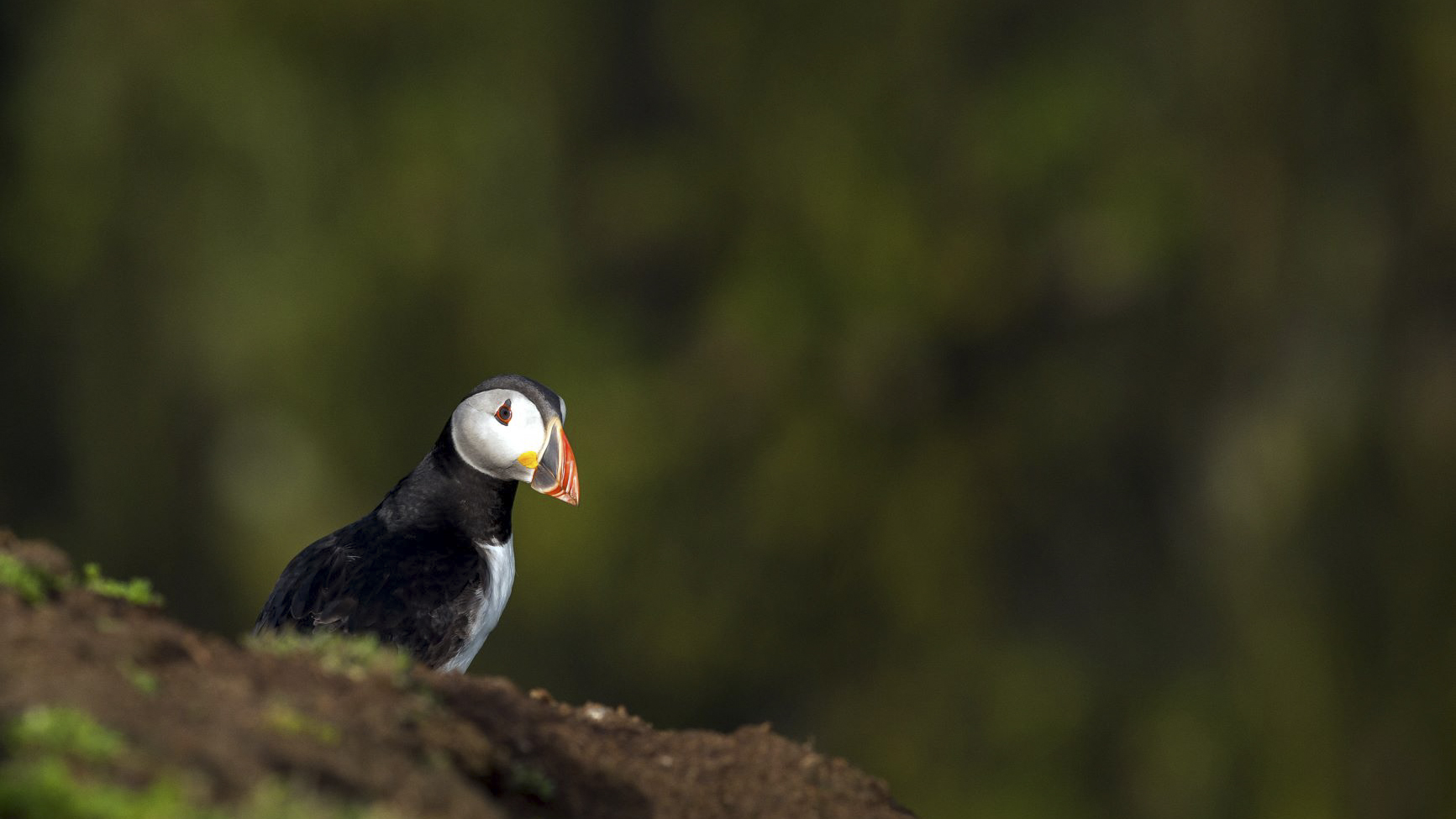
Migration blog (mid-March– early April)
Dare we say it? It feels like spring is in the air. The days are lengthening, the temperatures are slowly creeping up, and the first signs of spring are all around us with Snowdrops, Daffodils and other spring flowers in bloom across many parts of Britain and Ireland. With the clocks going forward towards the end of the month, it is beginning to feel like winter is behind us and we can start to look forward to the joys of spring and all the summer migrants it brings.
Since the last review period, the first trickle of summer migrants have started to appear across Britain and Ireland with several reports of Sand Martin, Little Ringed Plover, and Wheatear, which are typically the first of the summer migrants to arrive. Indeed a Wheatear photographed on the Isle of Wight on the 8th February was an extraordinarily early bird and hinted at what was to come over the coming weeks. A southerly wind direction in late February brought not only a covering of Saharan dust for some, but also provided ideal conditions for summer migrants to push north towards their breeding grounds. Aside from the previously mentioned early arrivals, several other summer migrants made their first appearance of the year, with Swallow, House Martin, Osprey, Whimbrel, and Stone-curlew all being reported from various locations. With only a brief period of northerly winds and the associated colder weather this brought these early migrants have, as yet, not been too badly affected by colder weather that can sometimes strike at this time of year.
Whilst the first spring migrants arrived, so some of the species that winter across Britain and Ireland began to head back. Reports of Whooper and Bewick’s Swan, Pink-footed Goose, Redwing and Fieldfare began to fall as birds headed back to Iceland and Scandinavia for the coming breeding season.
Other species that began to head northwards for the summer months included species we might not traditionally think of as summer migrants. Lesser Black-backed and Common Gulls, Curlew, and Goldcrest are for some the harbingers of spring, and the last week or so has seen the first of these arriving in northern areas of Britain and Ireland as they look to set up territories for the impending breeding season.
The first seabirds also began to arrive at their traditional breeding cliffs with increasing numbers of Razorbill and Guillemot and the first Puffins arriving slightly ahead of normal due to the warmer conditions. Manx Shearwaters also pushed northwards and birds were seen heading north from several headlands, having spent the winter in the South Atlantic off the coast of Argentina and Uruguay, before heading north in February and March.
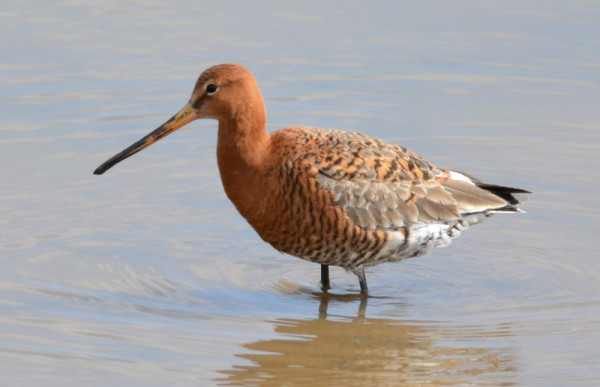
Species focus - Black-tailed Godwit
Around the country, wintering Black-tailed Godwits are getting smarter, turning from grey to red in preparation for the upcoming breeding season in Iceland. You can read more about this in the WaderTales blog, Spring moult in Black-tailed Godwits. From March through to early May, spectacular gatherings can be seen on the Ouse and Nene Washes and in northwest England but flocks of 30 to 100 birds can turn up anywhere, especially if heavy rain or cold winds put a temporary halt to migration (see Waiting for the wind).
At the same time as 30,000 islandica Black-tailed Godwits are preparing to leave the UK, just over 100 important limosa birds are arriving. This is the tiny breeding population, most of which nest in the Ouse and Nene Washes of East Anglia. Most of these birds spend the mid-winter period in countries such as Senegal, in West Africa, although a few may only fly as far as Spain or Portugal. We know a lot about their migration, thanks to an RSPB colour-ringing and tracking programme which is now an important component of the much bigger Project Godwit, in partnership with WWT. One of the key elements of the project is 'head-starting' – hatching eggs and raising chicks in captivity – to boost the East Anglian breeding population. A geolocator tracking device has proved that a juvenile Black-tailed Godwit can fly straight from Cambridgeshire to Mauritania in just two days.
Spring migration of limosa Black-tailed Godwits is a two-stage journey. The first godwits leave Africa at the end of December and by February flocks of thousands of birds can be seen in key wetlands in Spain and Portugal. Most of these birds are heading for The Netherlands, but just a few will set a course that takes them to England. The most important staging area is the Tagus (or Tejo) Estuary of Portugal. Here, vast flocks commute between rice fields and the mudflats. Sadly, the planned creation of a new Lisbon airport threatens the integrity of this special wetland, as you can read in Black-tailed Godwits are on their way home.
In March, limosa Black-tailed Godwits start to arrive in the Nene and Ouse Washes. Here, displaying males try to make themselves heard against a backdrop of flocks of islandica. It must be like trying to serenade your loved one in a football crowd! The two subspecies might be sharing the same space but they are on different schedules; islandica are still finishing moult and fattening up for the trip to Iceland but limosa are in full breeding plumage and ready to start nesting. The earliest godwit egg in the Nene Washes was found on 5 April, which is five weeks earlier than the earliest Icelandic egg. In migrants, the divergence of subspecies might be influenced as much by their different breeding schedules as by geographic separation.
The Black-tailed Godwits is one of fifty species of wader that breed, winter and pass through the UK each year. The WaderTales blog ‘Which wader, when & why?’ provides a summary of stories that link the UK to South Africa, Canada, Siberia and even Peru.
This Species Focus is written by Graham Appleton (WaderTales)
The coming weeks will see spring migration ramping up as more and more birds arrive across Britain and Ireland.
Looking ahead
Over the next few weeks, the intensity of spring migration will increase as more birds arrive here for the summer, and those that have spent the winter here depart ahead of the coming breeding season. At this early stage of the spring, weather can play a significant part in the numbers of birds arriving and cause migration to progress in fits and starts. Fine, settled weather is conducive for good arrivals, whilst cold, wet, and windy weather can curtail migration. Cold snaps can still occur well into April, but overall the pace of migration builds reaching its peak in mid-late May. Species to look out for in this early part of spring include the first wave of migrant Chiffchaffs, that will join those that wintered within Britain and Ireland, Garganey, Wheatear, Little Ringed Plover, Firecrest, White Wagtails, Black Redstart, Sedge Warbler, and hirundines such as Sand and House Martin and Swallows. Coastal locations are the best places to look for these as they often stop to rest and feed as soon as they make landfall and then push northwards over the following days. Spring migration, unlike autumn migration, can be a rushed affair with individuals moving on quickly as the urge to find a territory and a mate pushes them onwards. Scarcities that could also arrive in the coming weeks include Hoopoe, Alpine Swift, Black Kite, and White-spotted Bluethroat or, maybe something rarer such as Great Spotted Cuckoo, Alpine Accentor or Short-toed Treecreeper.
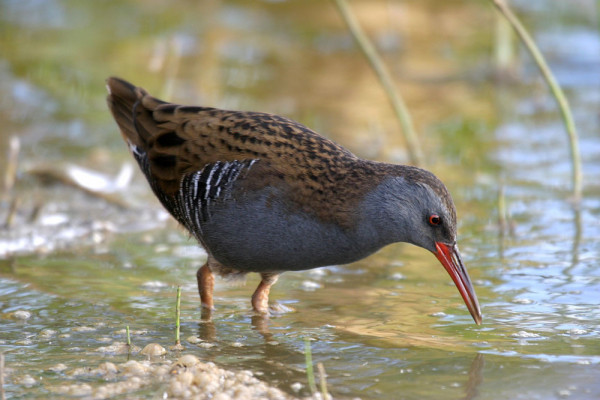
Although coastal locations are the prime areas to find newly arrived migrants, it doesn’t take long before they reach further inland. Parks and scrubby areas in and around urban areas can be surprisingly good places to find species such as Chiffchaff, Blackcap, Whitethroats and Willow Warblers on the move. Areas with water are always productive and increase your chances of finding species such as Sedge Warbler, Garganey and Little Ringed Plover. As we know, migration doesn’t just take place during the day. It continues into the night and now is a good time of year to listen for nocturnal migrants passing overhead. These can include some surprising species, such as Stone-Curlew, Water Rail, Little Grebe and Coot. Another species you may hear at night is Moorhen, a species you would normally associate with reedy pools and rivers but at this time of year they can often be heard calling overhead, even several miles from water, as they fly around establishing a territory; you can familiarise yourself with their nocturnal flight calls here.
Hopefully with the easing of restrictions, warmer weather and lengthening days we can get out and experience the wonders of spring migration for ourselves. Don't forget you can log your sightings on BirdTrack.


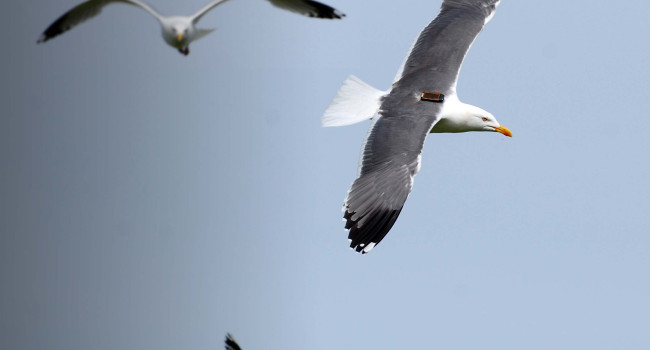
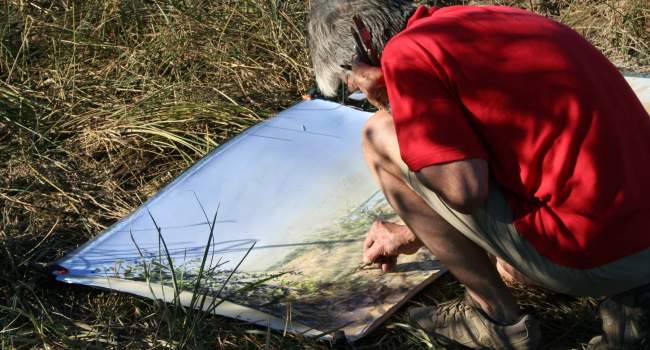
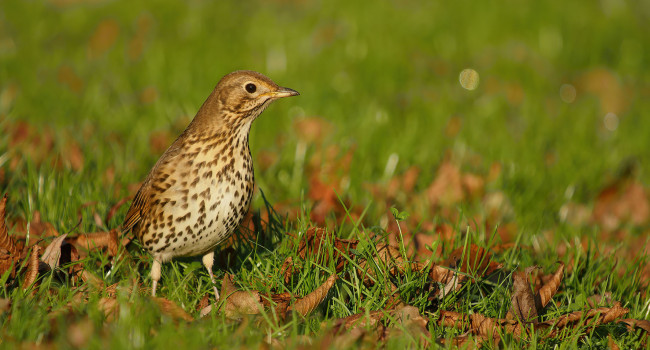

Share this page